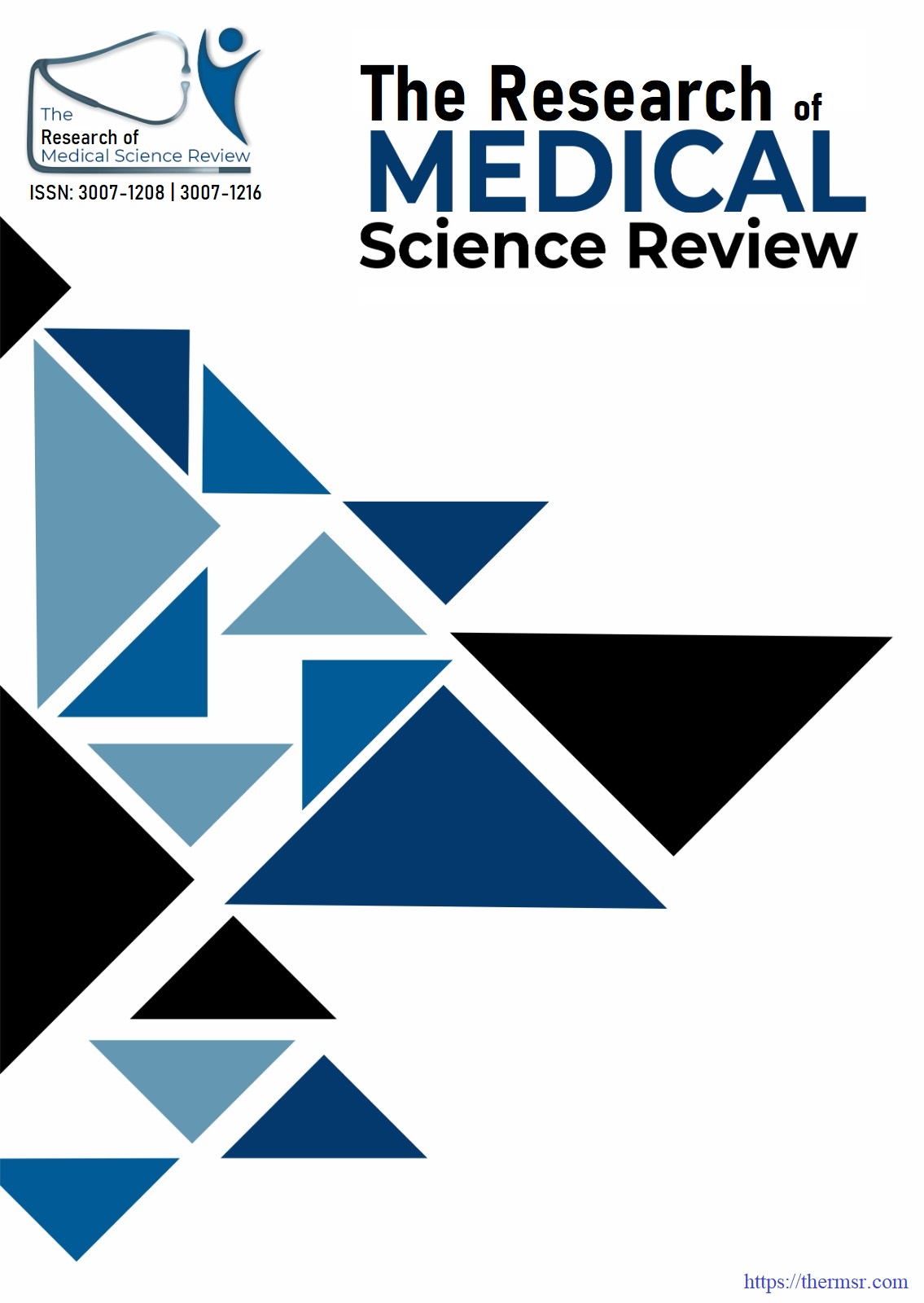ENDOSCOPIC EVALUATION AND MANAGEMENT OF PATIENTS PRESENTING WITH DYSPHAGIA
Main Article Content
Abstract
Objective: Dysphagia is a commonly encountered complaint with which patients present to the Gastroenterology clinic. Endoscopy serves as the primary diagnostic tool to identify the underlying cause and guide appropriate treatment. Therefore, this study was aimed to assess the prevalence of different endoscopic findings in patients with dysphagia and evaluate their association with gender and age groups.
Methodology: This prospective, cross-sectional study was conducted at Patel Hospital, Karachi, over one year (October 2023–October 2024) using consecutive non-probability sampling. 173 dysphagia patients above 18 years undergoing upper GI endoscopy were included, while those with a history of upper GI surgery or unfit for the procedure were excluded. After informed consent, patients underwent history-taking, physical examination, and endoscopic evaluation, with findings documented and tissue samples sent for histopathology if needed. The chi-square test was performed to evaluate the association between endoscopic findings and age, gender, and clinical symptoms, keeping p-value of <0.05 as significant.
Results: The study findings showed that, out of 173 patients, a mean age of 49.79 ± 18.3 years, with a male predominance (56.6%). Patients were categorized into young (18–30 years, 18.5%), middle-aged (31–50 years, 31.8%), and older (≥51 years, 49.7%). Vomiting 32(18.5%) was the most common symptom, followed by weight loss 25(14.5%), and heartburn 23(13.3%), while food bolus impaction was least reported 2(1.2%). The most frequent endoscopic findings included esophageal growth 46(26.5%), benign stricture 27(15.6%), and esophagitis 18(10.4%), with malignancies more common in older males. Therapeutic interventions included SEMS placement for growth 17(9.8%), dilatation for benign stricture 24 (13.8%) and web 11(6.3%), and PEG tube placement 4(2.3%), with significant associations (p<0.0005).
Conclusion: This study found a higher prevalence of malignant etiology in older individuals, with esophageal growth being the most common endoscopic finding in males, and benign esophageal strictures in females. A significant association was observed between clinical symptoms and endoscopic findings.
Downloads
Article Details
Section

This work is licensed under a Creative Commons Attribution-NonCommercial-NoDerivatives 4.0 International License.
